Island Foxes Are Back at the Channel Islands on Santa Barbara’s Coast
Flora and Fauna Work Together to Help Restore Population
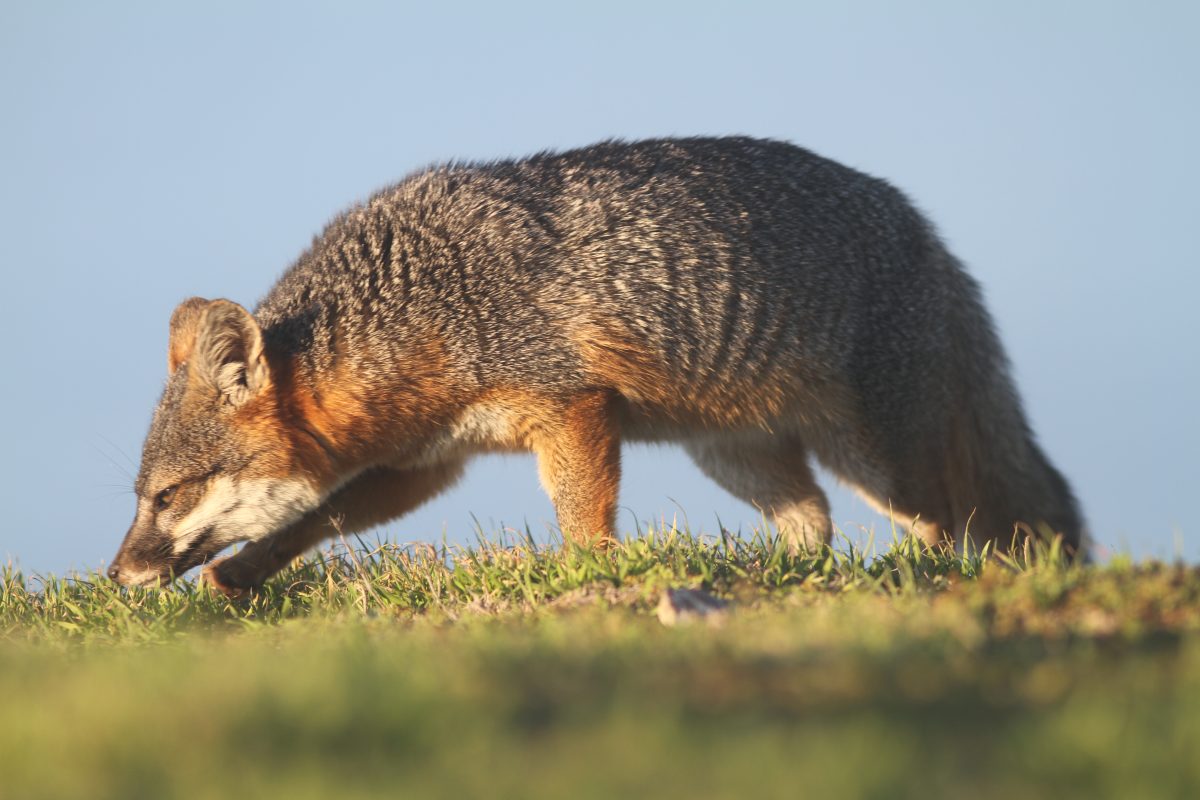
As the island fox nimbly clambered up a lush island cherry tree in Scorpion Canyon on the southeast end of Santa Cruz Island, the cinnamon-colored canid gobbled up the seasonal fruit.
Twenty feet above the canyon floor, the fox counterbalanced with its bushy tail, and after enjoying its fill of cherries, it quickly thrashed downward to the ground. A few steps further and it dropped some scat adding to what was already a healthy pile of poop, a territorial mark but also revealing a diversified diet delivered by the island biome.
After photographing and writing about island fox experiences and their near extinction over the past 20-plus years, I must admit I never paid close attention to their scat. They resemble miniature power bars — embedded in those Tootsie Roll-shaped droppings are various seeds, fur, tiny bones, and plant matter.
However, after recently reading a story by Ileana Wachtel for News Science And Technology about island foxes and a possible new threat to their survival, I’ll pay more attention to their varied diet that may give the largest land mammal on the chain a leg up on any potential threats into the future.
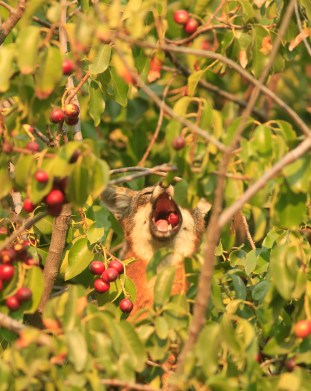
In her story about the lack of genetic diversity found within island fox populations across six of the eight California Channel Islands, Wachtel interviewed Professor Suzanne Edmands at USC Dornsife College of Letters, Arts and Sciences. Following her study on the decrease in genetic diversity of one of the rarest foxes in the world, Edmands discovered there is a lack of diversity that could potentially expose island foxes to an array of possible threats brought on by climate change and introduced pathogens.
The plight of the endemic island fox has been well-documented at the Channel Islands National Park. Due to ranching, the pesticide DDT, feral pigs, and golden eagles, island foxes nearly went extinct on Santa Cruz, Santa Rosa, and San Miguel Islands. They were placed on the Endangered Species List in 2002, but following aggressive captive breeding and the removal of all stressors from the northern chain, island foxes were delisted in 2016. It was the swiftest recovery of a terrestrial mammal in the history of the Endangered Species Act.
Today, island fox business is booming. The most recent population totals from May 2023 were an astonishing 2,905 foxes on Santa Cruz, 2,665 on Santa Rosa, and 363 on San Miguel. That’s a far cry from roughly 23 years ago when 100 or less remained on Santa Cruz, and only 15 each survived on Santa Rosa and San Miguel before captive breeding commenced on each isle.
Still, Edmands’s study revealed there was less genetic diversity now than when populations plummeted in the late 1990s. The good news was there have been no signs of inbreeding.
“Previous genetic studies of foxes have shown extremely low levels of genetic diversity even before the population crashes and captive breeding programs,” said Edmands, a professor of biological sciences. “However, prominent researchers have argued that despite this low level of genetic diversity, the foxes show no clear signs of inbreeding depression, such as skeletal deformities. The high reproductive rates in the captive breeding program were also taken as evidence that they’re not suffering from inbreeding depression. Our study looked at samples both before and after the population crashes. We found very low diversity before the crashes, confirming prior studies. What’s new about our work is that despite the rapid recovery of population numbers, genetic diversity has declined further.”
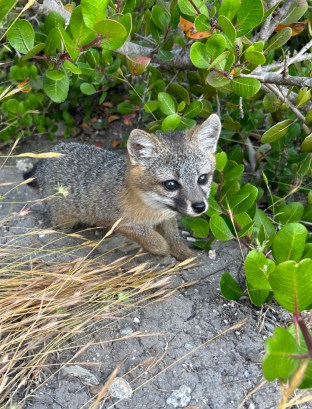
The silver lining in all this came from the same study. It revealed the island foxes’ gut microbiome was well-diversified, potentially strengthening their immunities and prosperity, thus thwarting any future threats. Island fox populations are genetically different on each island, so each island possesses its own endemic subspecies.
The 4-pound island fox is omnivorous and the smallest fox species in North America. It feasts on mice, lizards, snakes, birds, berries, Jerusalem crickets, and island flora. They also forage along the cobbled shores for invertebrates and scavenge washed-up seabirds, and on Santa Cruz Island they’ve been observed eating the island spotted skunk. What remains in their scat gives researchers a better idea of what the top land predator on the Channel Islands likes to eat.
“In general, we found lower microbiome diversity on the northern islands (San Miguel, Santa Rosa, Santa Cruz) where foxes tend to have a more protein-rich diet,” said Edmands. “Microbiome diversity, though, certainly helps.”
Visitors to the Santa Barbara Botanic Gardens can see examples of island foxes’ gut microbiome, and the recovery of the island mallow in a new exhibit titled “At the Edge” at the Pritzlaff Conservation Center Gallery. It’s open daily from 10 a.m. to 5 p.m. through July 30.
One of the largest, longest restoration projects across the chain is the recovery of native plants, and the eradication of non-native flora. The current exhibit at the Botanic Gardens focuses specifically on the restoration of the beautiful island mallow.
Island flora not only provides food for the island fox, such as lemonade berry, manzanita, and island cherry, but also places for them to rest and den. In turn, island foxes help spread seeds through their scat piles. It’s a unique partnership of flora and fauna working together, each species having a role in the island ecosystem.
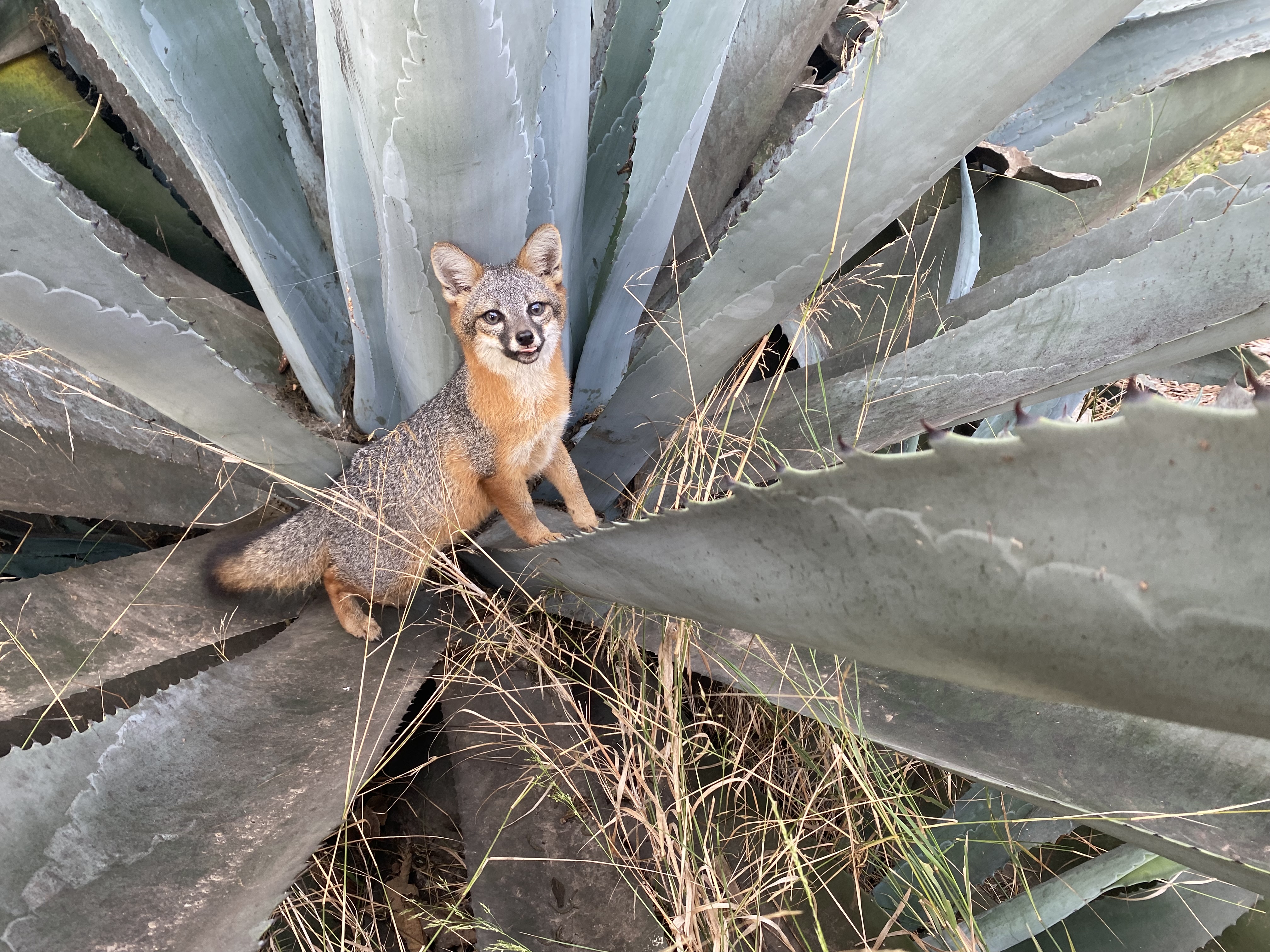

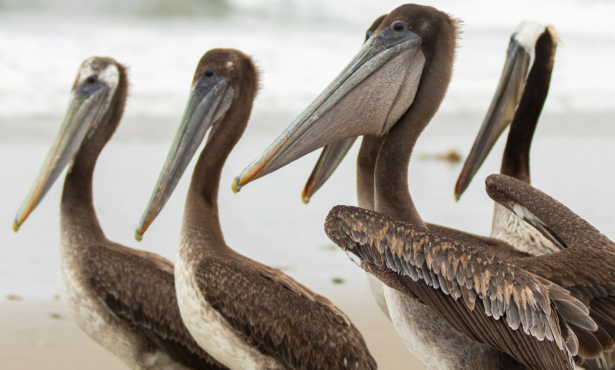

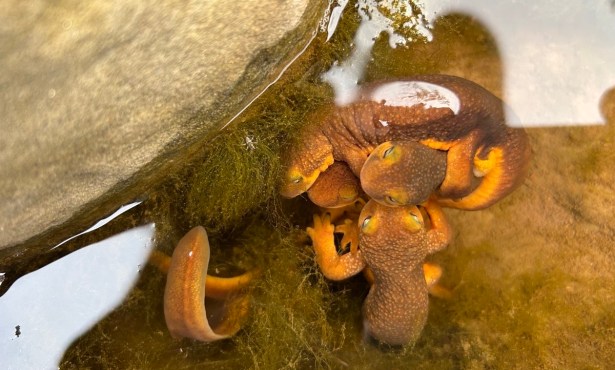
You must be logged in to post a comment.